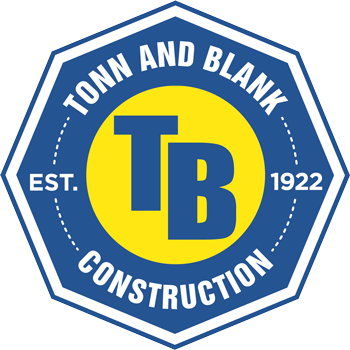Schematic Design: The Basics and the Benefits
Scientists have recently used multispectral analysis to discover what appears to be a charcoal drawing underneath the Mona Lisa—a preparatory sketch that Leonardo DaVinci might have used to lay out the broad strokes of his renowned painting.
Even the greatest masterpieces begin with simple sketches—some artists say sketching is the most important step.
Similar to a preparatory sketch, schematic development formalizes the “broad strokes” of your building project, such as the arrangement of areas, overall floor plan, and overarching vision for your project. As such, schematic design is an important part of your construction project that often gets overshadowed by more glamorous or detail-oriented blueprints and construction documents.
In this guide, you’ll learn schematic design’s what, when, and why as we discuss the basics and benefits of this essential component of your building project.
What is a Schematic Design?
By definition, a schematic is a symbolic representation of your construction project. While schematics set out to accurately depict your project’s general size and shape, they don’t include the level of detail or precision that later documents (like construction plans) will adhere to.
That’s because schematics focus on the symbolic relationships between spaces in your design—for instance, the proximity of a conference room to your main lobby, the border between a patio and a garden, or the flow of foot traffic based on the relative layout of functional areas.
The Schematic Design & Development Phase
After project initiation, schematic design is the first major phase of the architectural design process. This is one of the most exciting phases of your project because it’s the first time you get to see your design concepts laid out spatially.
The schematic design and development phase is all about visualizing your overall layout and identifying how elements of your design relate to each other.
The schematic drawing phase of architectural design precedes the design development phase, where you’ll start to layer more details like door and window placement, plumbing and HVAC, or specific building materials.
The Purpose of Schematic Design
One of the purposes of schematic design is to formalize the big-picture layout of your project so that your team can start working on the finer details in the design development phase.
Schematic designs translate the sometimes ambiguous design concepts you establish during project initiation into 2D representations of 3D space. This is your team’s first formal visualization of your project’s layout, so a good schematic design can provide your team with some much-needed inspiration and motivation during the early stages of the project.
Benefits of Schematic Designs
Schematic designs aren’t just a necessary stepping stone on your journey toward a completed project—it’s also a useful and valuable part of the project lifecycle. Schematic drawings can benefit your organization in several ways, including:
- Creating a Unified Vision. Have you ever imagined a place or event to be a certain way, only to realize upon arrival that it was nothing like you imagined? A construction project without a schematic design could have as many different visions for the project as you have team members. A schematic design creates a unified vision the whole team can understand and share, which ultimately improves the cohesiveness of your team and gives you the best odds of accomplishing your project goals.
- Creative Solutions. Similar to brainstorming, the process of drafting a schematic design involves the free flow of ideas. This is where your architects’ creativity takes center stage because it requires them to translate ambiguous ideas (such as “open concept” or “modern farmhouse”) into a tangible 2D schematic.
- Inspiring Passion. Although schematic design is the first phase of architectural design, it’s far from the first stage of a building project. Before schematic design, stakeholders have likely endured meeting after meeting, sending email after email, and have already overcome significant obstacles to get to the architectural design process. The schematic design can be one of the early deliverables and one of the first major “wins” for stakeholders. Seeing the project space represented visually can improve morale and boost passion across the board.
Without a schematic design, leaping from project initiation into design development would fail to answer important fundamental questions, like “Are functionally related spaces positioned proximately?” or “What obstacles could make it difficult for users to get from point A to point B?”
Schematic design is conceptual, so without clearly defining the concept of your project in a way your whole team can visualize, building upon that concept can be difficult at best.
Next Steps with Tonn and Blank
After over a century as one of the Midwest’s premier builders, we’ve learned a thing or two about construction.
At Tonn and Blank, we’re passionate about helping clients achieve their goals across commercial, industrial, religious, and municipal applications. By embodying the right values, we believe our team can improve your project while strengthening skilled laborers and giving back to the community.
To see how Tonn and Blank’s century of experience can benefit you, contact us to learn more.
Search the Site
Recent Posts
- Tonn and Blank Honored with Excellence in Safety Award from CCS May 5, 2025
- Next Generation of Builders Takes Shape at Tippecanoe Trades Expo April 26, 2025
- Accelerating Retail Innovation: Partnership with Family Express April 16, 2025
- Factors to Consider for Industrial Construction Projects April 10, 2025
- Project of the Year – Indiana Subcontractors Association March 24, 2025
Posts By Category
- Company News (22)
- Project News (36)
- Resources (14)

